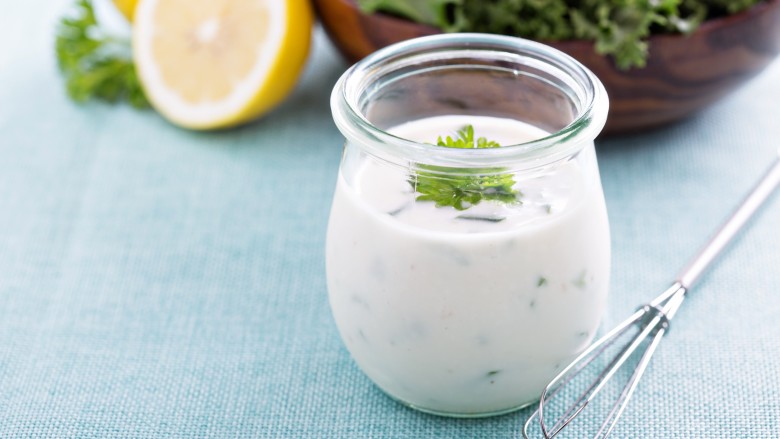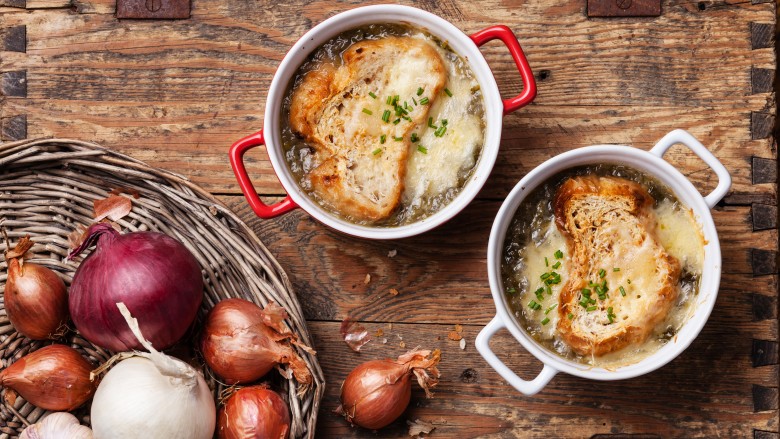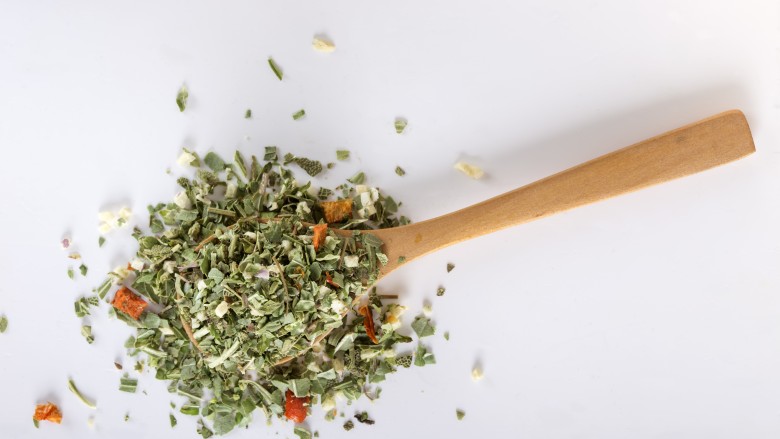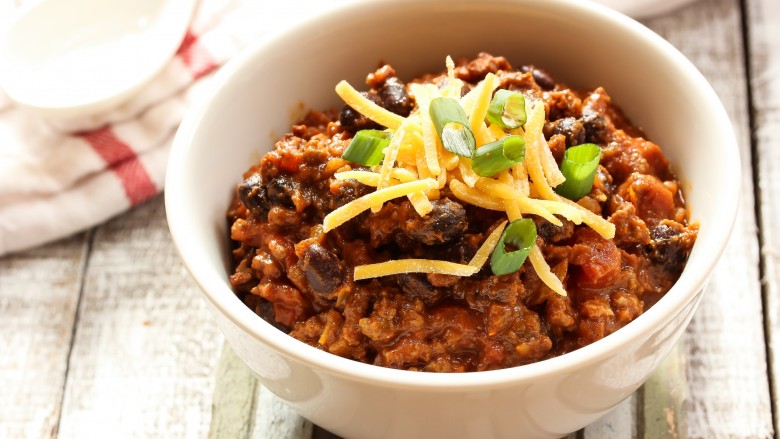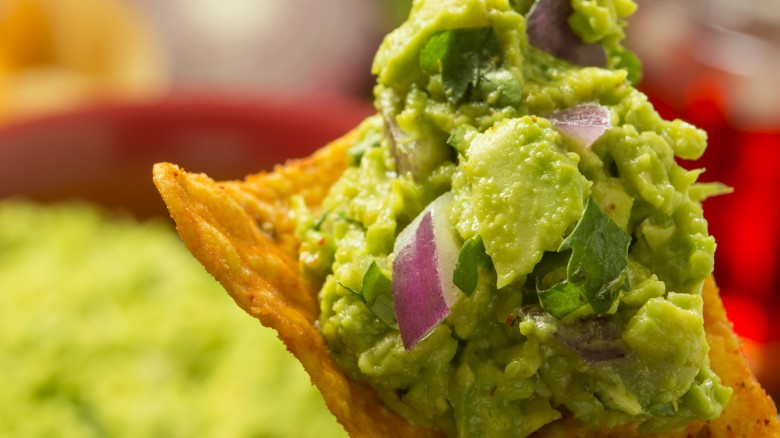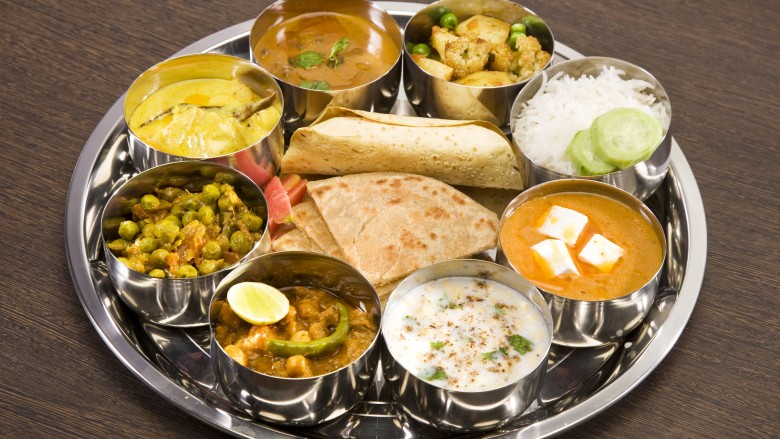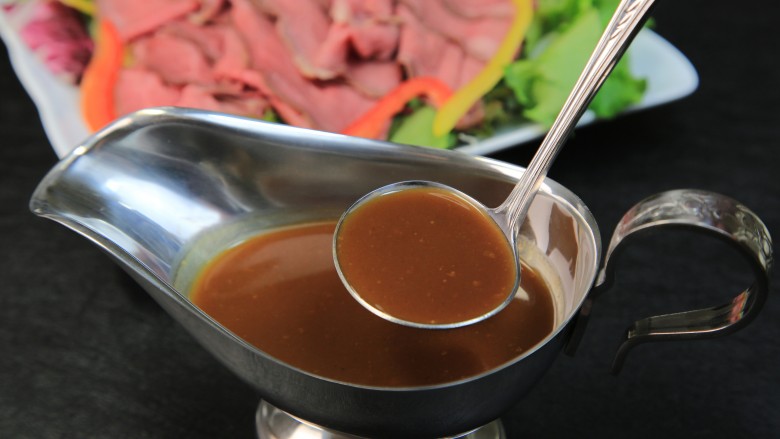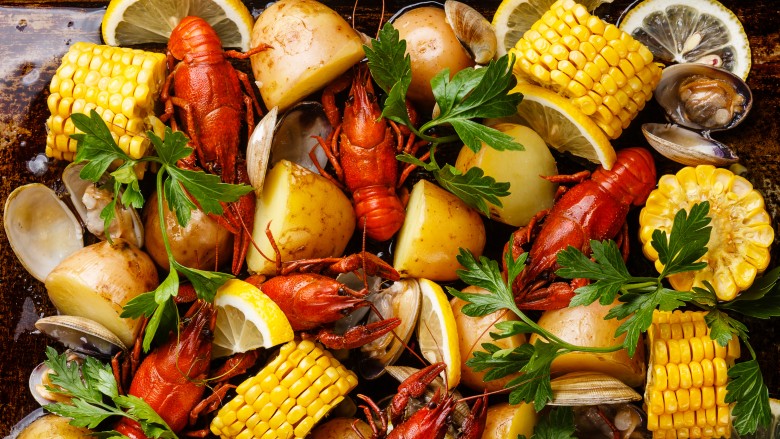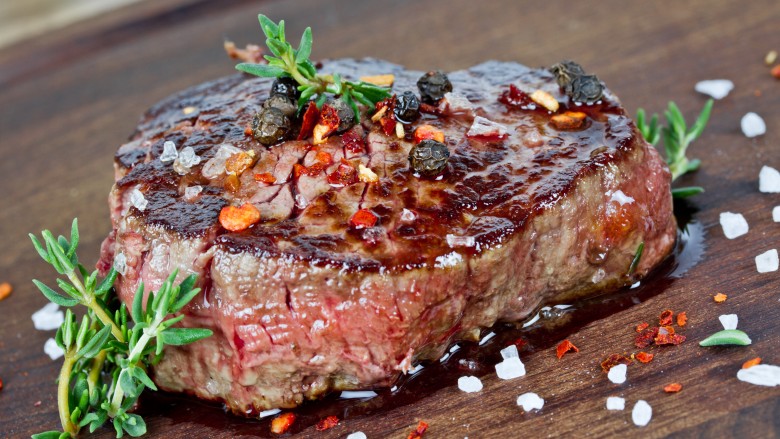Copycat Seasoning Recipes So You Never Have To Buy The Packets Again
Pre-packaged seasoning packets may be a staple in your kitchen, but they can also wreak havoc on your wallet. And have you ever really looked at the ingredients? It's not just the sodium you have to look out for, either. If you have any allergies, something might sneak by you in a packt. As I've gotten older, I've become more vigilant about reading labels. Food just isn't the same anymore!
You don't have to give up the convenience of a mix, but by controlling the ingredients, you'll be seasoning to your heart's content faster than it takes to rip open a package. While it may seem time-consuming and old-fashioned to make seasoning blends at home, experimenting is half the fun. Trying out one basic recipe could be the jumping-off point for variations or new blends. The possibilities really are limitless, and getting involved in each aspect of cooking feeds your creativity.
Ranch dressing mix
Not just for salad dressing and dips, dry ranch seasoning can be used to flavor breading for chicken or sprinkled on pork chops for a zesty main dish. This dry ranch mix from Allrecipes incorporates all the usual suspects, including dill, black pepper, garlic and onion powders, but also uses Saltines, which help to thicken the mixture once you incorporate the wet ingredients.
If you'd prefer a gluten- or wheat-free mix, Gimme Some Oven's recipe has no crackers and can be made with or without buttermilk powder. Kept in the fridge it will last for up to three months. There's also a great tip on the site to season hot french fries with the mix. (I'll bet it would be delicious on popcorn, too.)
Onion soup mix
There's no corn syrup, soy protein, or MSG in Wellness Mama's onion soup mix, so if you're sensitive to those or just want to avoid them, you're in the clear. All you can taste is the oniony goodness. Take her advice and use the mix as a base for French onion soup or to season your choice of meat. Jessica over at Good Cheap Eats has a similar recipe but with the added pow of dried mustard. Make a big batch and keep on hand to add to meatloaf mix, turkey burgers, and (of course) the ubiquitous onion dip. Yum.
Italian seasoning mix
Salt-free but flavorful, the Italian blend from Taste of Home can be made in a big batch and will last for up to 6 months. Try it sprinkled on pasta or garlic bread, or add it to meatballs or chicken. This spice blend could even be combined with ground pork or a blend of ground meat for the ultimate homemade Italian sausage.
Tex-Mex seasoning
Cumin, chili powder, garlic. When all the right flavors come together, the result is a dynamic seasoning blend just right to churn out a delicious Tex-Mex meal. And the best thing about the Tex-Mex seasoning recipe from The Pioneer Woman is that most of the ingredients are probably already in your pantry. It's just a matter of combining them in the right ratios for optimal flavor. A dollar or two per packet seems cheap until you realize you already have all the ingredients.
Guacamole
Honestly, until I saw a lady in front of me at the checkout the other day, I didn't even know guacamole seasoning mix existed. I can't remember the last time I had guacamole and was excited to find out the secret ingredient was maltodextrin or corn syrup solids. Homemade guac is so simple and delicious. The recipe from The Endless Meal calls for just lime, salt, and garlic as the seasonings. Mix with avocado and you're golden. I've even been known to stir salsa (which I always have on hand) into an avocado. It's a perfect accompaniment for chips or a piece of multigrain toast.
Indian spice blend
Tandoori chicken and saag paneer are just two of my most favorite Indian delicacies. But the thought of recreating the recipes at home always seemed like a chore. The ingredients are basic (chicken, spinach, and rice), but it's the spices that transform each dish into a warm, aromatic masterpiece. If you're going to attempt Indian dishes at home, start with garam masala, one of the most common blends. It's less spicy and hot and more flavorful and full of depth. Here, Aarti Sequeira gives her recipe for both saag paneer, a dish of spinach and Indian cheese, and garam masala.
If you've mastered garam masala, you may be ready for the more adventurous panch phoron, a spice blend most common in East India. Panch phoron translates to "five spices" and is made up of cumin, fenugreek, nigella, fennel, and brown mustard. The spices are usually left whole and can be blended in everything from potatoes to stew and even naan bread.
Brown gravy mix
I've been known to buy a few packs of brown gravy mix, just to keep on hand. To be honest, though, I've never really been in a gravy emergency. It was more out of fear that I wasn't going to make it correctly or that it was going to be lumpy. Taste of Home has made short work of gravy mix with a straightforward recipe using just flour, bouillon, and black pepper. Take it from me. Don't worry so much about the lumps because homemade gravy will make everything taste better.
Seasoned salt
Seasoned salt is a staple spice blend in my kitchen. I first shook some over my eggs in college, and I haven't turned back. It was salty, slightly sweet, and honestly tastes great on anything. As with many popular spice blends, the ingredients for copycat Lawry's are probably already in your pantry. Housewife How-tos has all your all-purpose seasonings covered with copycat recipes for Mrs. Dash, seasoned salt, and Old Bay.
Montreal steak seasoning
I never really wondered where Montreal steak seasoning got its name or the history behind it. It's one of those things that just is. But the history of the seasoning blend can be traced to a Jewish deli in Montreal called Schwartz's that seasons its meat in a savory blend of salt and spices. The deli is still in operation, but if you can't make it to Canada, you can at least recreate the bold flavors at home. Chowhound and Epicurious each have their own versions using varying degrees of pepper, garlic, coriander, and salt. As the name suggests, this seasoning is perfect on steak, but don't stop there. It's just as good paired with poultry, pork, and even beefy portobello mushrooms or roasted vegetables.
Jamaican jerk
There are a few theories as to why the Jamaican method of cooking meat is called jerk. It may either come from dried meat (aka jerky) or jerking, where holes are poked into the meat so the spices are better absorbed. According to the site Kitchen Project, "jerk" could refer to a style of marination or could refer to how people might "just jerk a strip from the roast" while it's cooking. While some spices may vary, the folks over at Jerk Hill know one thing to be true—it's just not jerk without the heat.
Jerk seasoning can be dry or wet. Kelis (yes, the singer) is also a classically trained chef and shares her version of jerk sauce that's good for meat, fish, and even vegetables. If you prefer a dry seasoning blend, African Bites and Jo Cooks each have fantastic recipes that you probably already have the ingredients for. Once you've blended the mix together, give it a try on Jo's recipe for drunken jerk prawns, throw on some Bob Marley and you'll be feeling all right.

